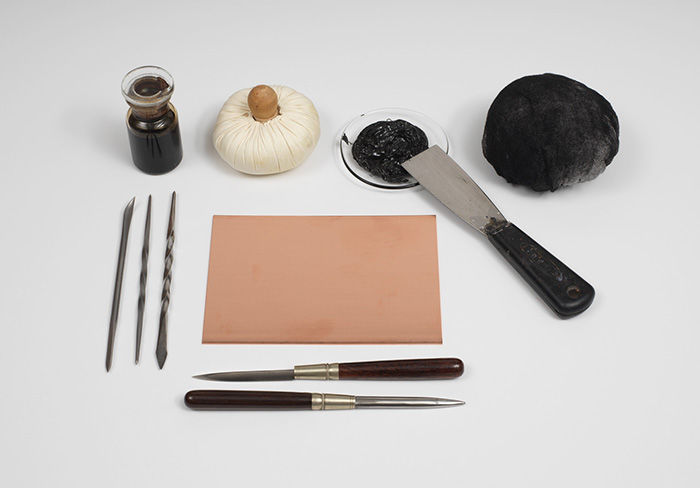An Essex Farm
Sir Francis Seymour Haden British
Not on view
Seymour Haden was the unlikely combination of a surgeon and an etcher. Although he pursued a very successful medical career, he is mostly remembered for his etched work as well as for his writings on etching. He was one of a group of artists, including James McNeill Whistler (1834–1903) and Alphonse Legros (1837–1911), whose passionate interest in the medium led to the so-called etching revival, a period that lasted well into the twentieth century. The extolling of etching for its inherent spontaneous qualities reached its pinnacle during this time. While the line of the etching needle, Haden wrote, was "free, expressive, full of vivacity," that of the burin was "cold, constrained, uninteresting," and "without identity."
"Essex is a county on the eastern coast, bounded on the south by the Thames.
State V (H1). The large sail between the tree and roof removed. A mast and shaded sail introduced behind the trees on the far right. The sailing boat closest to near shore removed and replaced by two small boats, one of which has a small, almost diamond-shaped sail at its stern. There is foul-biting in the lower part of the plate."
[Source: Schneiderman, p. 295]
"Published State: First.-A vessel with three sails has been replaced by two rowing-boats, one of which- the one to the right- has a small white sail at its stern. Early impressions have signs of foul biting in the water, which was afterwards removed, making parts of the distant shore-line fainter."
[Source: Harrington, p. 77]

